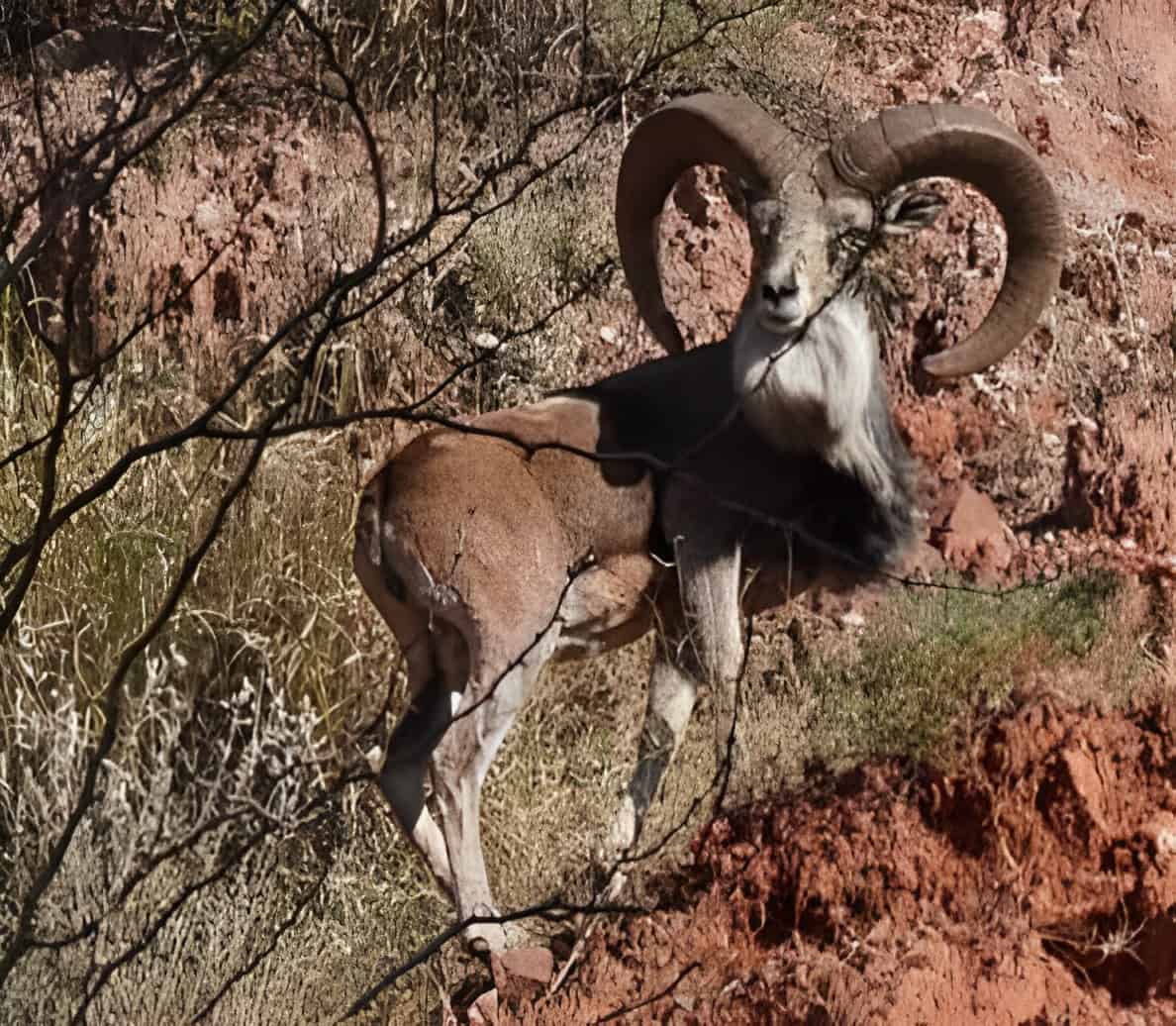Share this article
Wildlife Featured in this article
- Punjab urial
JWM: Connectivity could aid Pakistan’s struggling wild sheep
Urials have declined from impacts both ancient and modern
Wild sheep that roam the hills of northern Pakistan have been declining for decades, but maintaining connectivity between their populations could be key to helping them recover.
Researchers found that Punjab urials face concerns from inbreeding due to three different impacts, thousands of years apart. The first two were due to climate change thousands of years ago, when ice ages gave way to warmer temperatures that caused the population to plunge. The third has taken place over the past 80 years, as illegal hunting has further reduced the population, causing their numbers to fall by 30% to fewer than 1,000 individuals.
“Further work is needed to increase the protection of these animals,” said Pablo Orozco Ter Wengel, a senior lecturer in population genetics, genomics and conservation at Cardiff University in Wales.
In a study published recently in the Journal of Wildlife Management, Orozco Ter Wengel and his colleagues analyzed DNA stored in 215 fecal samples collected from Punjab urials (Ovis vignei punjabiensis) in the Kalabagh Game Reserve in northern Pakistan from 2004 to 2016. From these, they got 57 samples with enough DNA, which they analyzed to determine the sheep’s relatedness.
The results revealed the wild sheep have relatively high genetic diversity “with very little or no inbreeding,” said Orozco Ter Wengel. In fact, the urials of the Kalabagh Game Reserve could be split into three groups that are mostly distinct, with some occasional interbreeding between them. But the combination of ancient and modern pressures—and the urials’ isolated populations—raise concerns about the future of one cluster in particular. So, inbreeding may catch up with some of these populations, even if we don’t yet see it, Orozco Ter Wengel said.
Glacial problems
By analyzing the genes, the researchers found that urials saw major drops in population in the past.
One genetic bottleneck occurred between 50,000 and 100,000 years ago—a warm period that occurred between the most recent Ice Age and the previous glacial period.
“In that period the population crashed for the first time,” Orozco Ter Wengel said.
The genetic diversity of urials then recovered again as the Earth cooled, and it stayed relatively healthy until the end of the last glacial period starting about 10,000 years ago.
Orozco Ter Wengel said that these changes were likely because the cooler weather during glacial periods was more favorable for urials, which are mostly found at higher elevations today. Their distribution shrank as the climate warmed, and the wild sheep were forced uphill where the weather was still cold enough.
Recent issues
The genetic data also showed a large decline in population starting about 80 years ago—roughly 20 urial generations in the past. Orozco Ter Wengel said this likely reflects the hunting that has occurred in recent decades.
Urials are considered vulnerable on a global level, according to the International Union for Conservation of Nature. But Orozco Ter Wengel said that the subpopulation of Punjab urials found in Kalabagh may be critically endangered due to the drop in numbers.
Kalabagh already has a core area within which hunting isn’t permitted, but Orozco Ter Wengel said this data reveals that the hunting zone may need further restriction or an outright ban on hunting to improve the health of the population.
“It’s indicative that more efforts need to be done to protect the species,” he said. “All these species are genomic resources that we have for the future. They all fulfill relevant functional roles environmentally.”
Header Image: : Punjab urials are a subspecies of wild sheep found in parts of the Himalayas. Credit: Amna Bajwa








